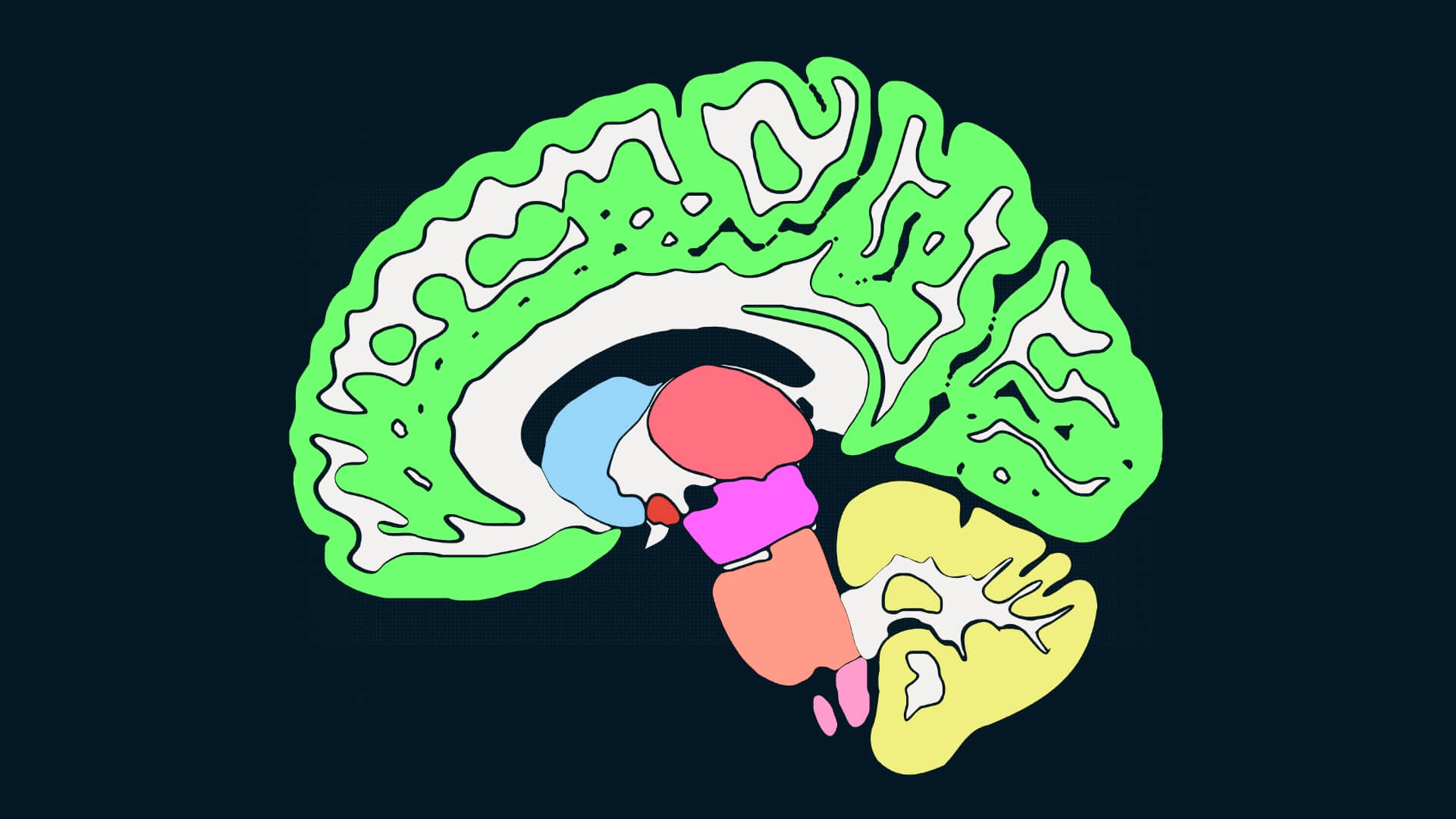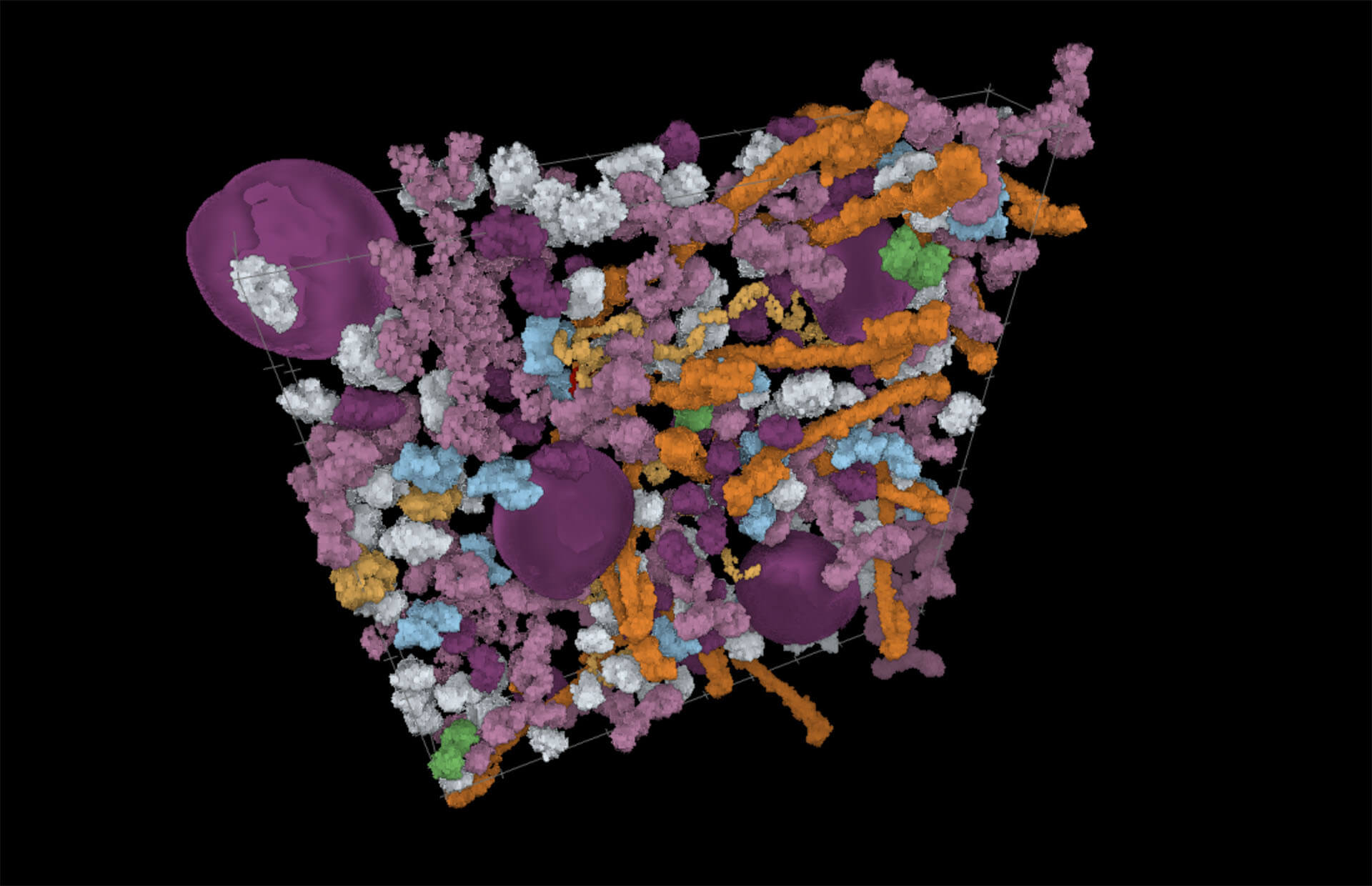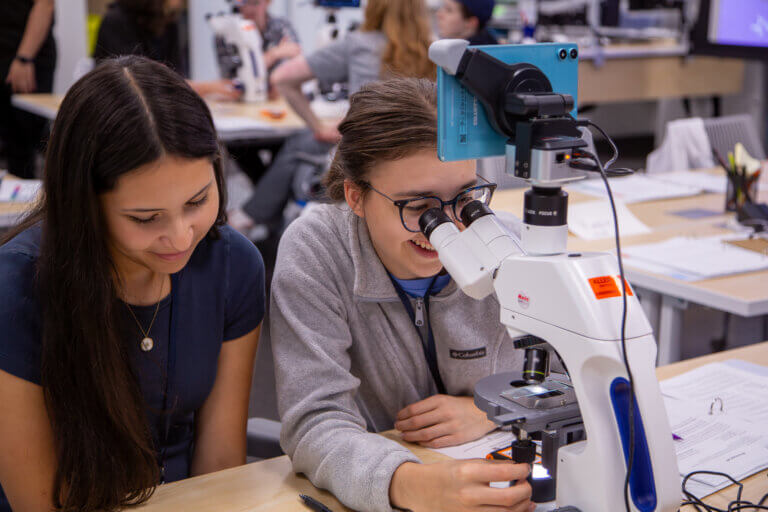Research requires costly staff hours, laboratory space, and specialized materials. The first scientists to announce a discovery or advancement are more likely to secure grants, patents, and other opportunities. There are other barriers to sharing science including cloud storage costs, data formatting, and online publishing hurdles.
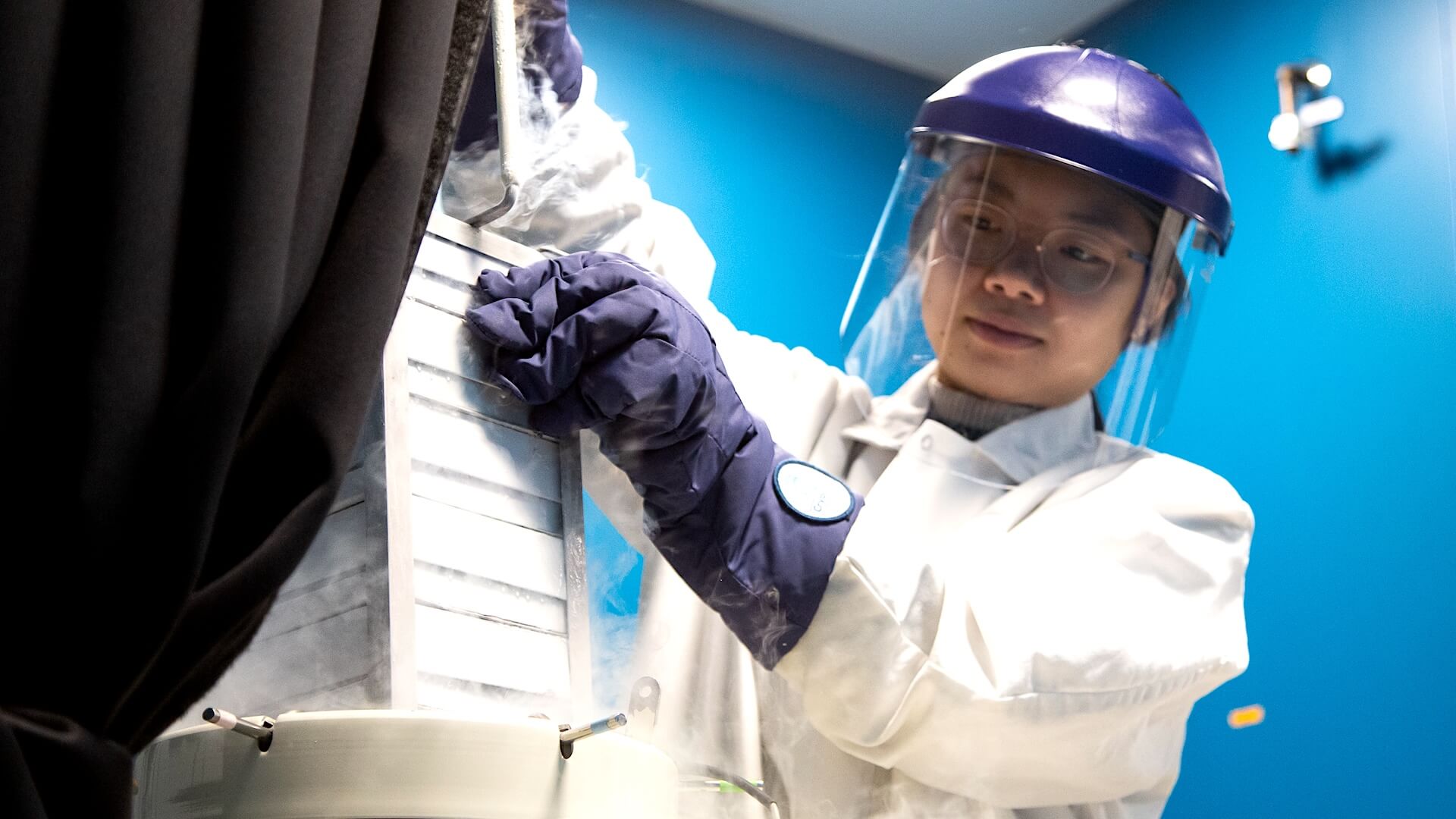
We built a microscope that can image the whole brain…and then gave away the instructions for free. Why?
Open science means open for all.
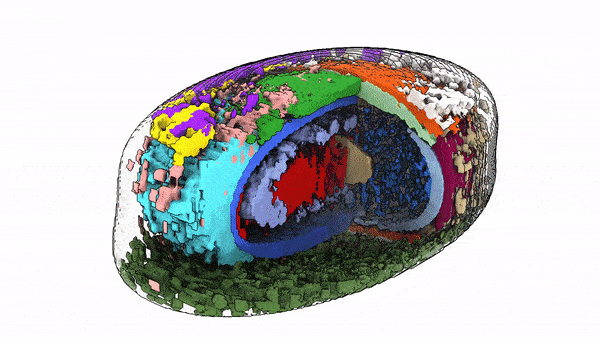
The power and promise of open science
In recent decades, fueled by increasing global collaborations and technological advancements including the internet and cloud computing, there has been a growing movement to remove paywalls and barriers to sharing scientific data and resources to accelerate research.
This movement is called: Open Science.
Access for all
Open Science aims to make scientific resources available to everyone.
Often this includes sharing data, but it also applies to any other scientific resource including custom microscope designs, stem cell lines, machine learning algorithms, software, and more.
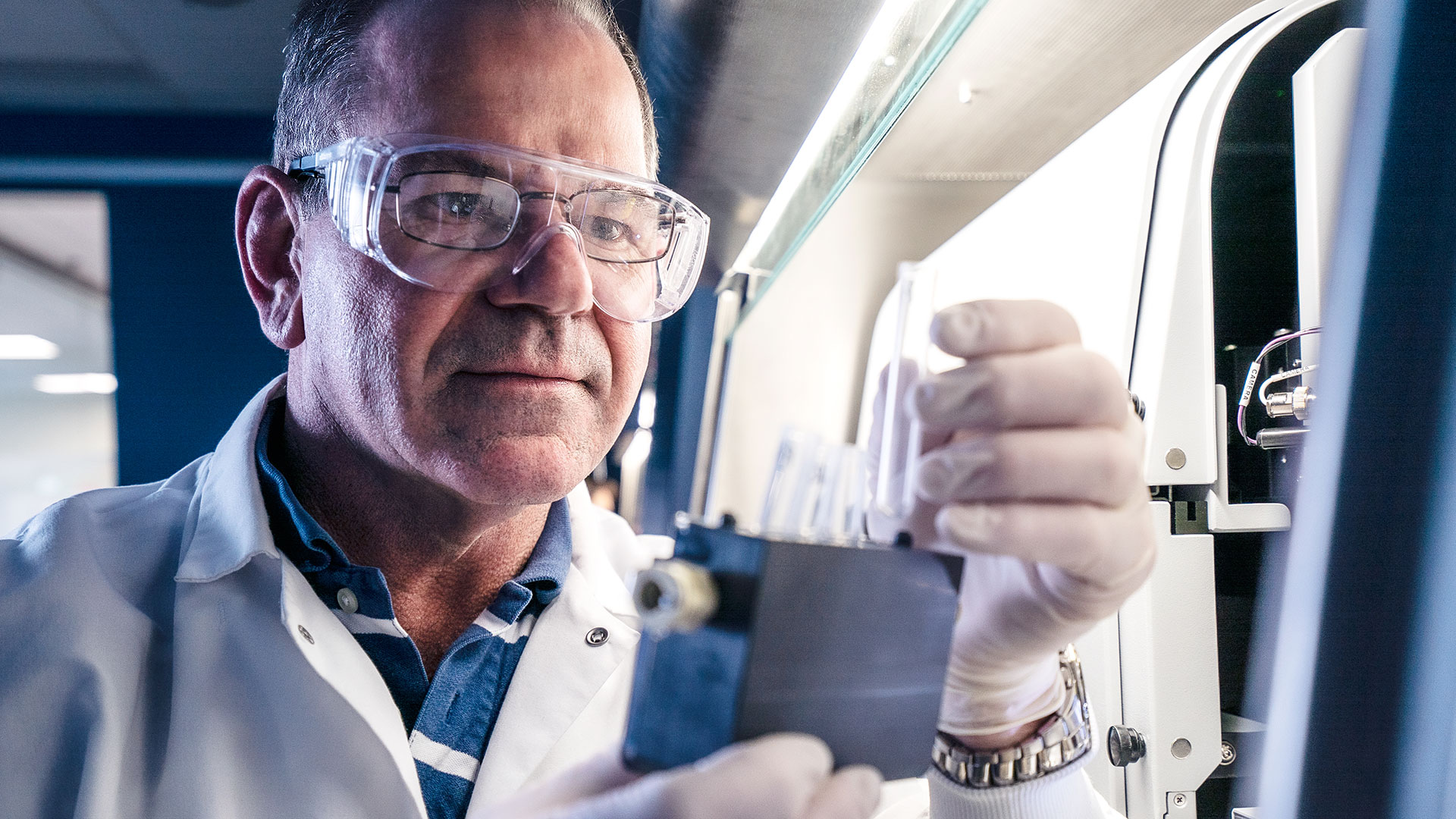
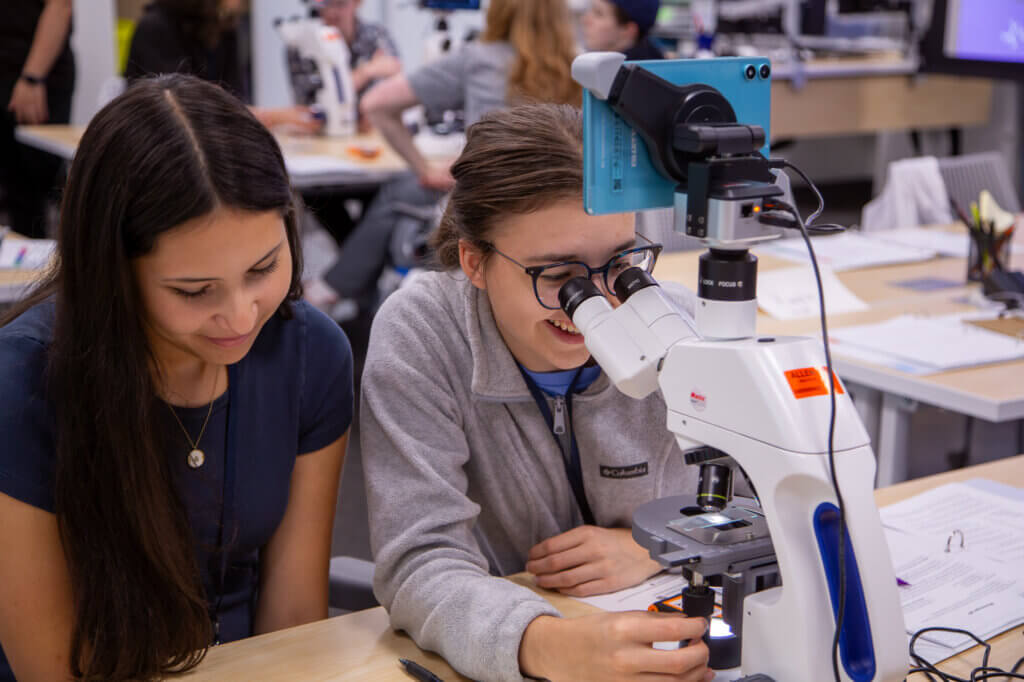
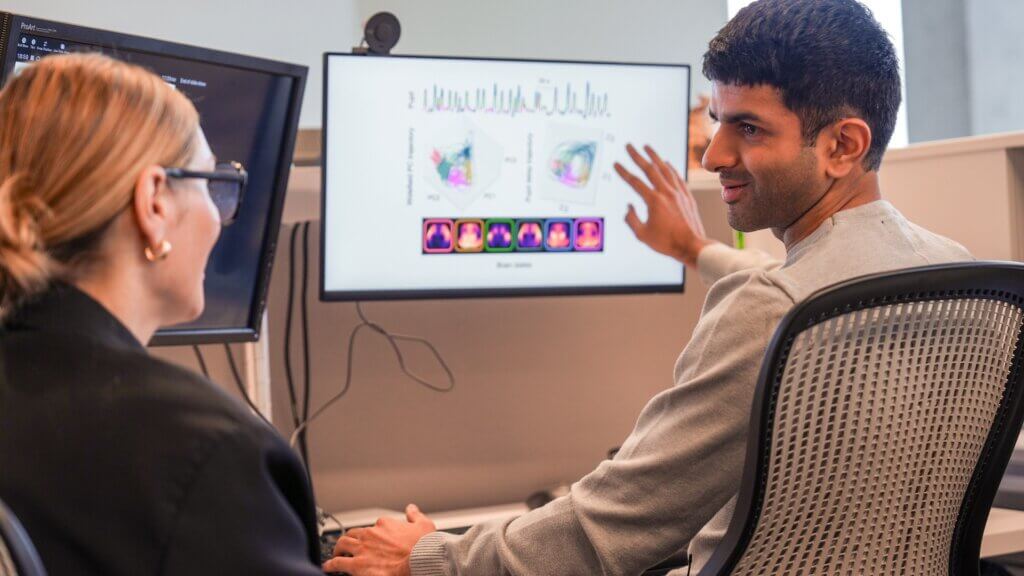
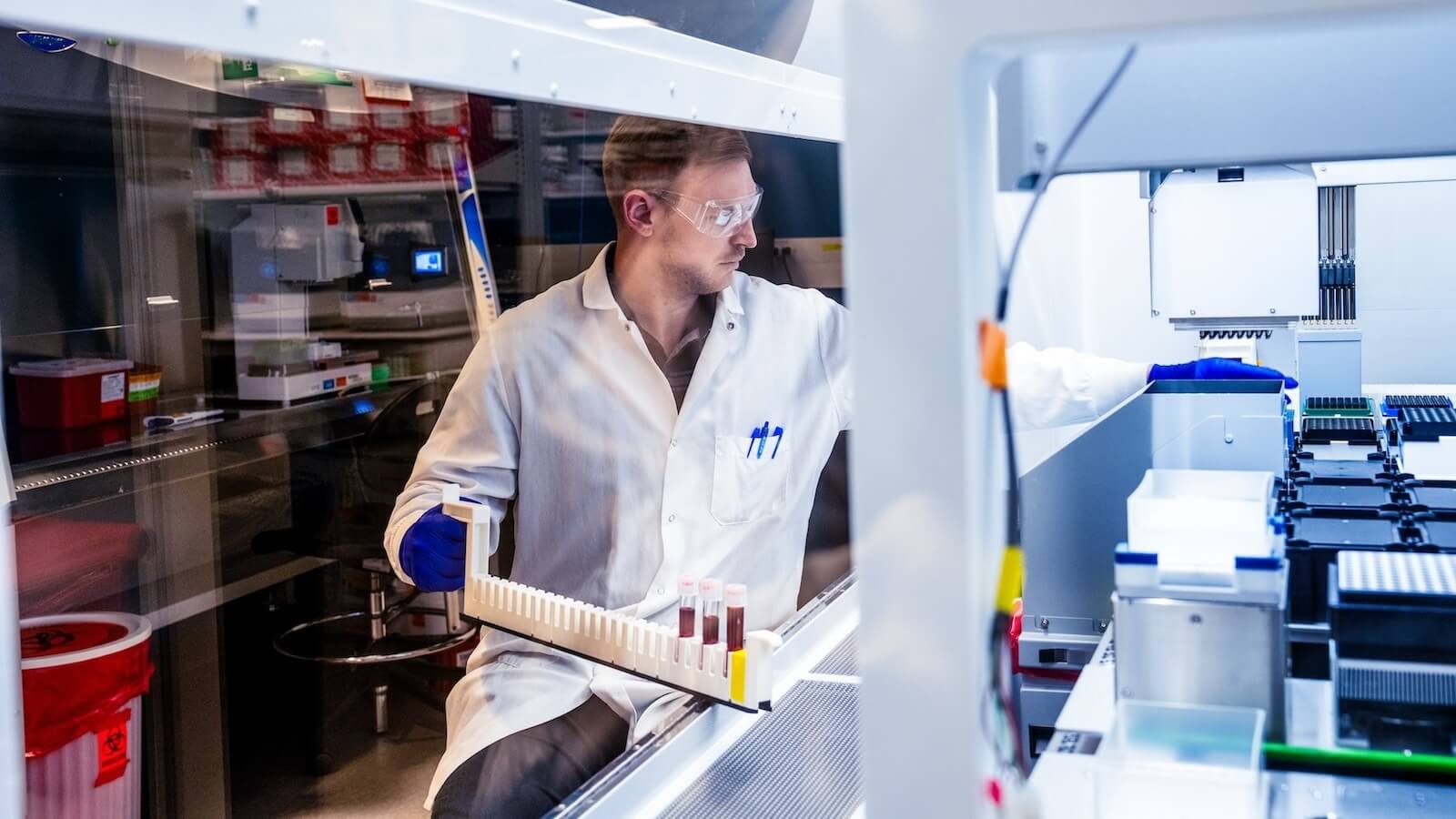
Leading in open science
The Allen Institute has been a leader in open science since our founding in 2003.
Open science is core to our mission and all we do at the Allen Institute. We share our science – formatted, visualized, and published to enable usability – along with software, lab protocols, cell lines, and more.
More collaboration in science through open resources leads to faster discoveries, such as treatments for diseases.


